As an artist or aspiring artist, it’s a question that has likely crossed your mind: Is drawing with a reference cheating? We all want to be able to create art from our own imaginations—but is there such a thing as having too much help? Does using references and resources diminish the work you produce? In this blog post, we’ll dive into the pros and cons of referencing artwork while exploring the nuances between simply gathering inspiration versus outright copying. Combining analysis of experienced industry professionals along with personal stories from artists who use reference images in their projects, let’s unpack this age-old debate about references in art!
What is the Specialty of Drawing?
Drawing is a form of art which involves creating images, designs or diagrams using various tools and techniques. It is a skill that has been practiced by humans for thousands of years and has evolved over time, from simple cave drawings to elaborate digital illustrations. [1]
Drawing can be done using a variety of mediums such as pencils, pens, charcoal, pastels, paint, and even digital software. It is a versatile art form that allows artists to express their creativity and ideas in a unique way.
Benefits of Drawing
Apart from being a creative outlet, drawing offers numerous benefits for individuals of all ages. Here are some of the key advantages of practicing drawing:
- Enhances Observation skills: Drawing helps in improving the ability to observe details, shapes, and forms in the surrounding environment. This keen observation translates into everyday life, making individuals more observant of their surroundings.
- Stress Relief: Drawing can be a therapeutic activity that helps in reducing stress and anxiety. It allows individuals to disconnect from their worries and focus on creating something beautiful.
- Boosts Confidence: The sense of accomplishment from creating a drawing can boost an individual’s self-confidence. It encourages individuals to push their boundaries and try new techniques, leading to personal growth.
- Improves Fine Motor Skills: Drawing involves precise movements of the hand and fingers, which helps in developing fine motor skills. It can be particularly beneficial for children as it aids in their overall physical development.
- Promotes Creativity: Drawing is a great way to explore and express one’s creativity. It allows individuals to experiment with different techniques, styles, and ideas, leading to unique and original artwork.
- Develops Focus and Concentration: Drawing requires focus, patience, and concentration, which are important skills in all aspects of life. Regular practice can help in developing these skills, making individuals more efficient and productive.
- Therapeutic for Mental Health: Drawing can be beneficial for individuals struggling with mental health issues. It provides a positive outlet for emotions and helps in improving overall well-being. [2]
What Types of Drawing Are Available and What Are Their Characteristics?
There are several types of drawing techniques available, each with their own unique characteristics. Some common types include:
Pencil Drawings
Pencil drawings are one of the most popular types of drawing techniques. They are created using graphite pencils and can range from light, delicate lines to bold, dark strokes. Pencil drawings require a lot of patience and precision as they often involve multiple layers of shading to create depth and dimension. [3]
Ink Drawings
Ink drawings use various tools such as pens, markers, and brushes to create bold and defined lines. This technique is often used for illustrations and comic book art. Ink drawings are known for their clean and crisp appearance, making them a popular choice for graphic design work.
Charcoal Drawings
Charcoal drawings use charcoal sticks or pencils to create rich, dark tones. The texture of the charcoal creates a unique effect, making it ideal for creating dramatic and expressive drawings. Charcoal is a versatile medium and can be used to create both detailed and abstract pieces.
Digital Illustrations
With the advancement of technology, digital illustrations have become increasingly popular in recent years. They are created using software such as Adobe Photoshop or Procreate on a computer or tablet. Digital illustrations offer endless possibilities in terms of color, texture, and effects, making them a favorite for both artists and designers.
Watercolor Paintings
Watercolor paintings use water-soluble pigments to create soft and translucent images. This technique requires a delicate touch as the colors can easily blend together to create beautiful gradients and washes. Watercolor is often used for landscapes, portraits, and nature-inspired art.
Oil Paintings
Oil paintings have been around for centuries and are known for their depth and richness. They use pigments mixed with oils such as linseed or walnut oil to create vibrant colors and smooth textures. Oil paintings often require a longer drying time, but this allows for blending and layering of colors to achieve a realistic and lifelike effect.
Acrylic Paintings
Similar to oil paintings, acrylic paintings use pigments mixed with a water-based medium. However, acrylic paint dries much faster and can create a more opaque and vibrant finish. Acrylic paintings are versatile and can be used on a variety of surfaces, making them a popular choice for both beginners and professionals.
Mixed Media Art
Mixed media art involves combining different materials such as paint, paper, fabric, and found objects to create unique pieces. This technique allows for endless experimentation and can result in highly textured and visually interesting artwork.
Collage
Collage is a form of mixed media art where materials such as photographs, magazine cutouts, and other found objects are arranged and glued onto a surface to create a new composition. It is a popular technique used in both traditional and digital arts, allowing artists to express their creativity in a visually captivating way. [4]
What Tools Are Essential for Drawing?
There are many tools that can be useful for drawing, but some are considered essential for artists of all levels. These tools vary in complexity and price, but they all serve the same purpose: to help bring your visions to life on paper. [5]
Pencils
Pencils are the most fundamental tool for drawing. They come in a variety of hardness levels, ranging from 9H (hardest) to 9B (softest). The harder the pencil, the lighter and finer the lines it will produce. The softer the pencil, the darker and thicker the lines it will create. Most artists use a range of pencils to achieve different effects in their drawings.
Erasers
Erasers are an essential tool for any artist. They come in many forms, such as kneaded erasers, rubber erasers, and electric erasers. Kneaded erasers are pliable and can be molded into different shapes to erase small details or large areas. Rubber erasers are more firm and useful for precision erasing. Electric erasers work well for removing graphite from larger areas quickly.
Paper
The type of paper you use can greatly affect your drawing. Some artists prefer smoother papers, while others like a rougher texture to add dimension to their work. The weight and thickness of the paper are also crucial factors to consider. Thicker paper is more durable and can handle multiple layers of graphite without being damaged.
Drawing Pens
For those who enjoy using ink in their drawings, drawing pens are an essential tool. They come in various sizes and ink types, such as waterproof or archival ink. Drawing pens provide artists with more control and precision when creating detailed line work.
Charcoal
Charcoal is a popular medium among artists for its rich value range and easy blending capabilities. It comes in different forms, including pencils, sticks, and powder. Charcoal can be messy, but its versatility makes it an essential tool for many artists.
Blending Tools
Blending tools are used to smooth and soften the lines in a drawing. They can be as simple as a tissue or cotton swab, or more specialized blending stumps and tortillons. These tools are especially useful when working with charcoal or graphite to create a smooth gradient or shading effect.
Sketchbook
While not technically a drawing tool, a sketchbook is an essential item for any artist. It allows you to practice and experiment with different techniques and ideas without the pressure of creating a final piece. It also serves as a portable canvas where you can capture inspiration whenever it strikes.
Tablet and Stylus
In the era of digital art, a tablet and stylus have become essential tools for many artists. These devices allow you to create digital drawings with the same precision and control as traditional mediums. They also offer a wide range of tools and effects that can enhance your artwork in unique ways. [6]
How to Learn to Draw Beautifully?
Learning how to draw beautifully is a skill that anyone can acquire with practice and dedication. It may seem daunting at first, but by following these simple steps, you can improve your drawing skills and create beautiful artwork. [7]
Step 1: Start with the Basics
Before diving into complex techniques, it’s important to understand the basics of drawing. This includes learning about lines, shapes, perspective, and proportion. Take some time to practice drawing straight lines, curves, and circles. Experiment with shading techniques to create depth in your drawings.
Step 2: Observe Your Surroundings
Observation is a crucial skill for any artist. Pay attention to the details in your surroundings – the way light falls on objects, the textures and patterns, and the colors. This will help you understand how to capture these elements in your drawings.
Step 3: Study Artwork of Others
Studying the work of other artists can give you inspiration and valuable insights into different styles and techniques. Take time to analyze their work and try to replicate it. This will help you gain a better understanding of composition, color theory, and other important elements of drawing.
Step 4: Practice, Practice, Practice
The key to improving your drawing skills is practice. Set aside some time every day to draw. Start with simple objects and gradually move on to more complex subjects. Remember, even the best artists started from the basics and honed their skills through consistent practice.
Step 5: Experiment with Different Mediums
Don’t limit yourself to just one medium. Experiment with different tools such as pencils, charcoal, pastels, or ink. Each medium has its own unique characteristics that can bring your drawings to life in different ways. Try out different techniques and find what works best for you.
Step 6: Take Classes or Join a Community
While self-study is important, taking classes or joining a community of fellow artists can also help improve your skills. You’ll have the opportunity to learn from experienced artists, receive feedback on your work, and gain valuable insights and tips.
Step 7: Don’t Be Afraid to Make Mistakes
Making mistakes is a natural part of the learning process. Instead of getting discouraged, use your mistakes as opportunities to learn and improve. Keep pushing yourself out of your comfort zone and you’ll see how far you can progress. [8]
Is It Possible to Develop Drawing Skills?
Developing drawing skills is definitely possible, regardless of age or prior experience. While some may believe that artistic ability is something you are either born with or without, the truth is that it can be learned and improved upon through practice and dedication.
One important thing to keep in mind when developing drawing skills is to not compare yourself to others. Every artist has their own unique style and strengths, and it’s important to focus on your own progress rather than trying to measure up to someone else’s work.
Another key aspect in developing drawing skills is studying the fundamentals. This includes understanding concepts such as composition, perspective, and value. Learning these basics will not only improve your technical abilities but also allow you to better convey your ideas through art.
It’s also beneficial to seek out feedback from other artists or take classes to receive guidance and constructive criticism. This can help identify areas for improvement and offer new perspectives on your work.
In addition to practice and study, finding inspiration and developing your own artistic style is essential in developing drawing skills. Take time to observe and appreciate the work of other artists, try new methods and materials, and allow yourself to experiment and make mistakes without fear.
Remember that developing drawing skills is a journey – it takes time, dedication, and patience. But with consistent effort, anyone can improve and create beautiful art. [9]
How To Use References To Improve At Drawing?
One of the most important skills to have as a visual artist is the ability to accurately reference objects and figures. This skill can greatly improve your overall artwork by adding more depth, dimension, and realism. However, learning how to use references effectively can be a bit daunting for some artists. Now we will discuss the benefits of using references and provide some tips on how to incorporate them into your artistic process.
Why Use References?
Using references is essential for improving your skills as an artist. Here are some of the advantages:
- Accuracy: Using references helps you capture the proportions, shapes, and details of objects and figures more accurately. This leads to a more realistic depiction in your artwork.
- Development of Observation Skills: By constantly using references, you train your eye to observe and analyze details that may have otherwise gone unnoticed. This can greatly enhance your ability to create intricate and detailed drawings.
- Inspiration: References can serve as a starting point for your artwork, sparking new ideas and concepts for your compositions.
- Variation: Trying out different references allows you to experiment with various styles and techniques, helping you expand your artistic repertoire.
Tips for Using References
Here are some tips on how to effectively use references in your artwork:
- Choose High-Quality References: Make sure that the images you use as references are of good quality, with clear details, proper lighting, and realistic colors.
- Study Your Reference: Take time to study the reference before you start drawing. Pay attention to details such as lighting, shadows, and textures.
- Use Multiple References: Don’t limit yourself to just one reference. Combining multiple references can help you create a more unique and original artwork.
- Experiment with Different Angles: Instead of always using the same angle as your reference, try experimenting with different perspectives and angles. This can add more interest and dynamic to your artwork.
- Don’t Be Afraid to Make Changes: While references are a great guide, don’t be afraid to make changes or add your own creative touches to the final artwork. [10]
Is Drawing With a Reference Cheating?
Drawing with a reference is often seen as cheating, especially in the art world. Many people argue that drawing should be done from imagination and that using references takes away from the creativity and originality of the artist. However, this view is not entirely accurate.
Furthermore, using a reference does not mean that an artist lacks creativity or originality. In fact, many talented artists use references in their work. References can be used as a starting point or inspiration for a piece, and the artist can then add their own unique style and interpretation. This combination of reference and creativity results in a stunning and original artwork.
Moreover, using a reference is not limited to beginner artists. Even experienced professionals use references to improve their skills and create more realistic and accurate drawings. It allows them to push their boundaries and explore new techniques without having to rely solely on their memory or imagination.
Using a reference is also a common practice in other forms of art, such as photography and film. These mediums often use references to capture details and create realistic scenes. Just like how a photographer may use lighting equipment or props to enhance their photos, an artist can use references to improve their drawings. [11]
FAQs
Is it OK to use other art as reference?
Yes, it is completely acceptable to use other art as reference when creating your own work. In fact, many artists find it helpful and inspiring to study the techniques and styles of other artists. However, it is important to make sure that you are not copying or plagiarizing someone else’s work. Always give credit to the original artist if you directly reference their work in your own. Additionally, it is important to use reference art as a guide and not rely on it too heavily. You should still aim to develop your own unique style and voice as an artist.
What is considered cheating in drawing?
There is no one answer to this question as it can be subjective and vary depending on the situation. However, some common actions that are considered cheating in drawing include tracing or copying someone else’s work without permission or credit, using reference images without giving proper credit or altering them significantly, and using filters or digital effects to enhance your artwork instead of relying on your own skills and techniques. It is always important to be transparent and honest about your process as an artist.
Do artists draw without references?
There are different reasons why an artist may choose to draw without references. Some artists believe that drawing from imagination allows them more freedom and creativity in their work. By not relying on visual aids, they can better express their own unique ideas and interpretations.
Others may argue that drawing without references requires a deeper understanding of anatomy, perspective, and other fundamental principles of art. It challenges an artist to rely solely on their knowledge and skill, rather than copying what they see in front of them.
However, it is important to note that even when drawing from imagination, artists often still use references as a starting point or inspiration. These references may come from their own observations and experiences, or from other artists’ work.
Drawing without references is a skill that takes practice and experience to develop. It requires a strong foundation in art fundamentals and the ability to visualize and conceptualize ideas. Some artists may find it more challenging than others, but it is ultimately a personal choice and approach to creating artwork.
Is tracing a sketch cheating?
Some people may argue that tracing a sketch is cheating because you are essentially copying someone else’s work without putting in the effort to create something original. However, there are several reasons why tracing may not necessarily be considered cheating.
Firstly, tracing can be a useful technique for beginners to learn and improve their drawing skills. By tracing over an existing drawing, you can understand how certain lines and shapes are created, which can then be applied to your own original drawings. This can help with understanding proportions, perspective, and other fundamental elements of art.
Secondly, tracing can also be a helpful tool for artists who struggle with freehand drawing or have physical limitations that make it difficult to create precise lines. Tracing allows them to still express their creativity without feeling limited by their drawing abilities.
Furthermore, tracing can also be used as a starting point or reference for creating something original. Many artists will use references or inspiration from other artworks when creating their own pieces. In this case, tracing a sketch can serve as a guide to help an artist create their own unique interpretation.
Useful Video: Is Reference CHEATING? (Reference, Plagiarism & Tracing: A Deep Dive) || SPEEDPAINT + COMMENTARY
To Wrap Up
After looking at the case for and against using references, it is clear that debates over referencing are nuanced and complex. The argument itself touches on an artist’s ethics, creativity, culture and education. Some value drawing authentically from life as a way of embracing the impossible task of accurately representing the world around us; whereas some utilize various resources available to them as technological and educational aids in creating artwork. In both cases, hard work and practice are essential components. Whether or not one should use reference photos isn’t for me to say: ultimately each artist must decide what tools they wish to employ and draw their own ethical boundaries. There is no single correct answer, but instead an array of options for aspiring artists to consider in their journey towards mastery.
References:
- https://4cats.com/blogs/winter-session-2022/speciality-drawing
- https://www.indeed.com/career-advice/finding-a-job/drawing-careers
- https://www.indeed.com/career-advice/career-development/types-of-drawing
- https://www.linearity.io/blog/drawing-styles/
- https://www.artsy.net/article/artsy-editorial-pencils-papers-erasers-start-drawing
- https://www.indeed.com/career-advice/career-development/drawing-tools
- https://www.wikihow.com/Get-Good-at-Drawing
- https://design.tutsplus.com/tutorials/how-to-learn-to-draw-stage-one-manual-skills–cms-23304
- https://www.artplacer.com/how-to-get-better-at-drawing-7-tips-to-improve-your-skills/
- https://gabriellabalagna.com/drawing-references-tips/
- https://doncorgi.com/blog/is-drawing-with-reference-cheating/


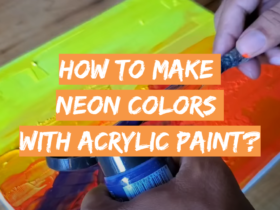
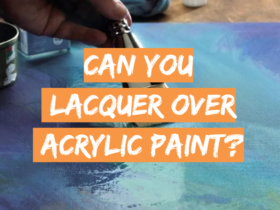

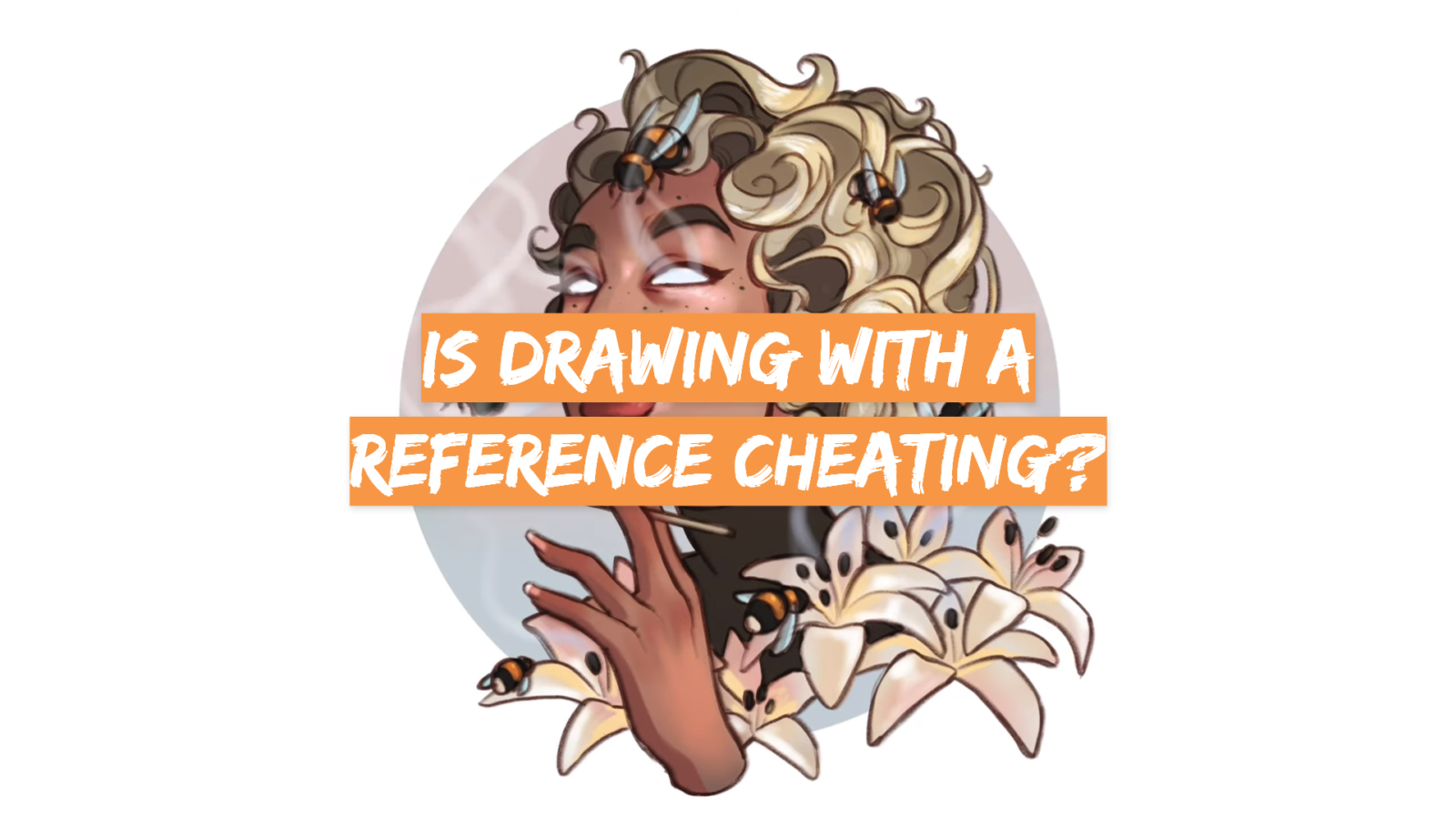
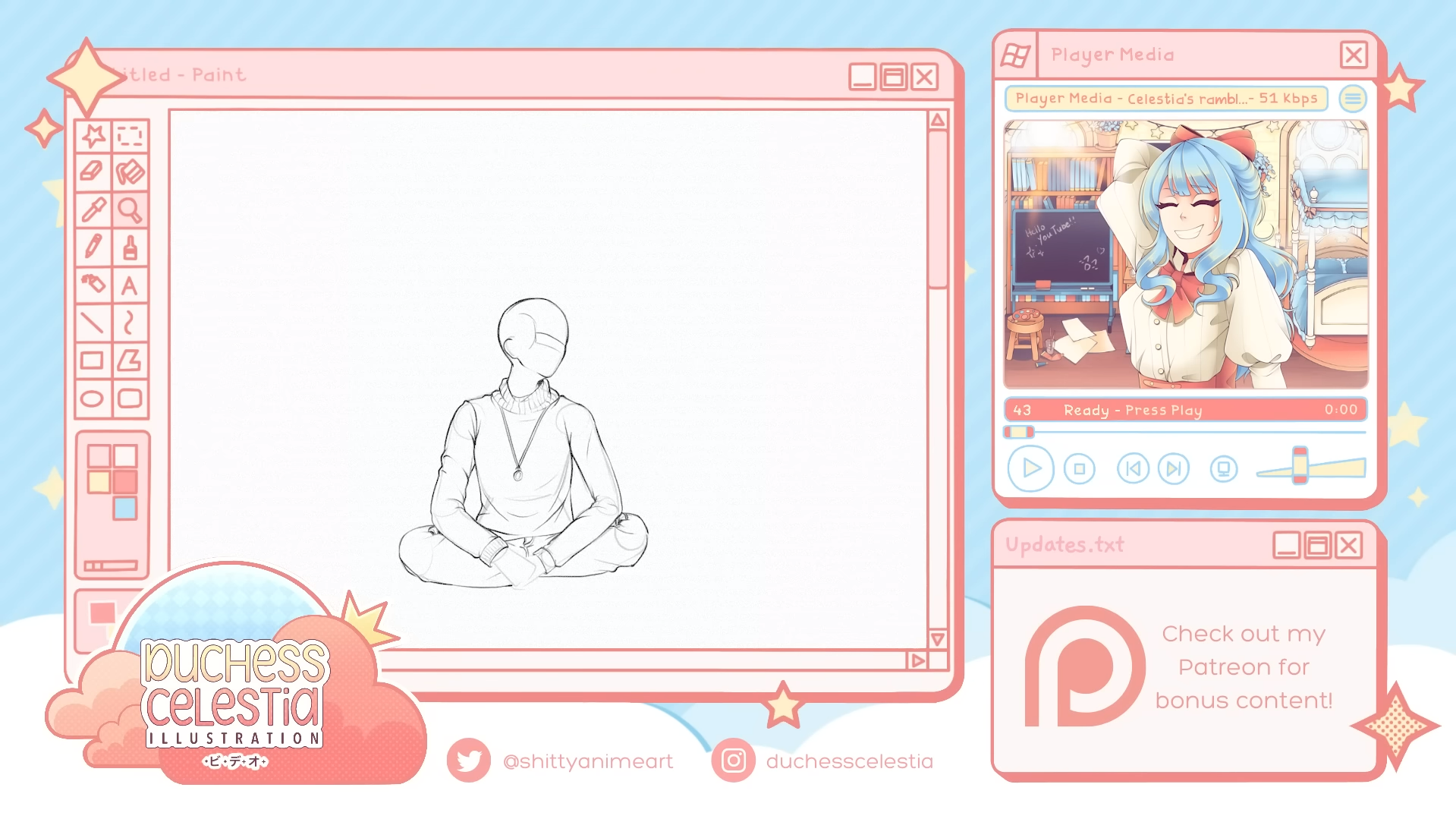
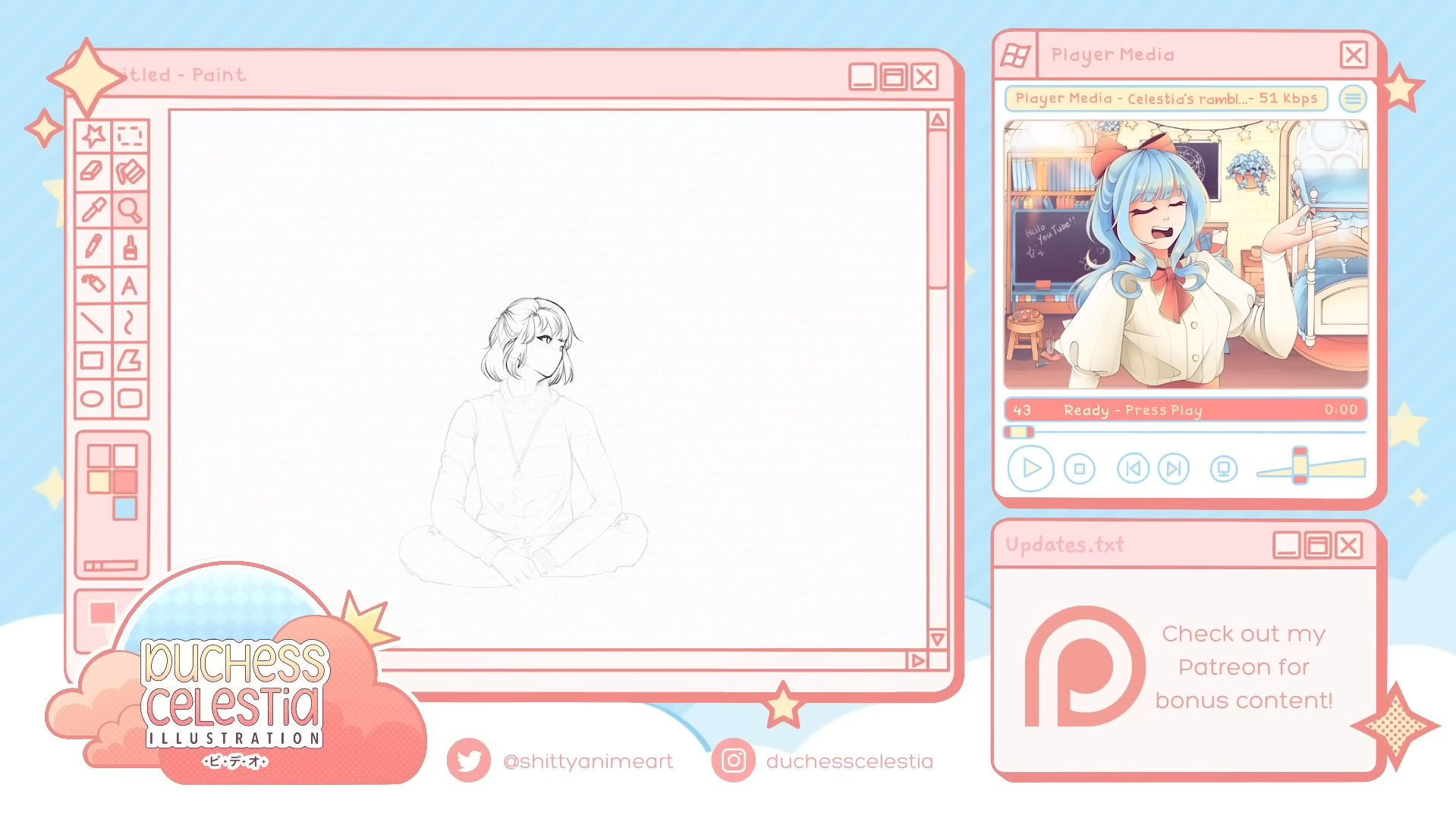
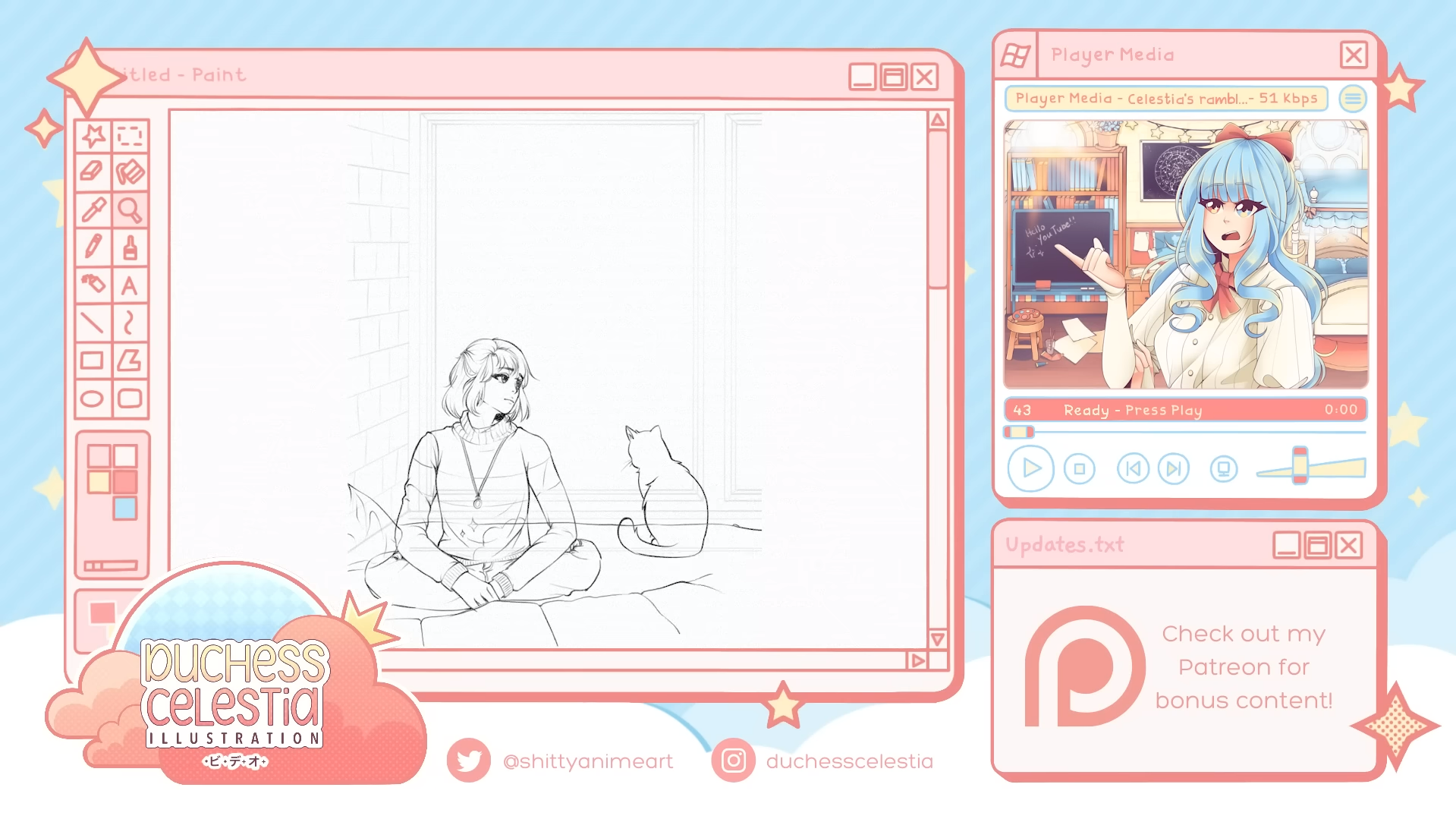



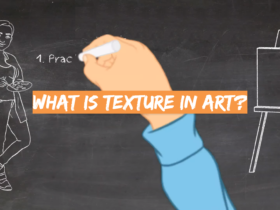
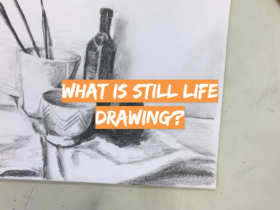
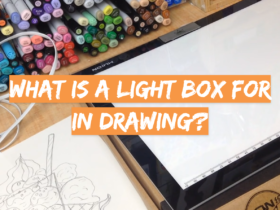
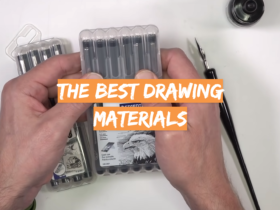
Leave a Review